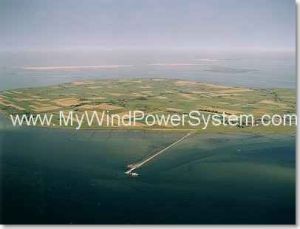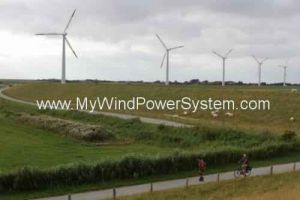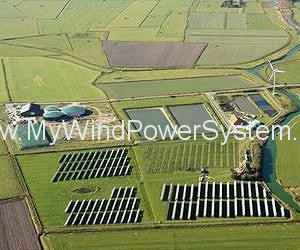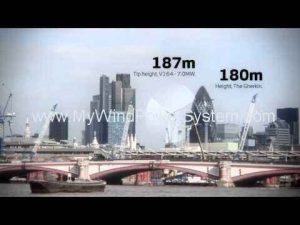Pellworm is one of the North Frisian Islands on the North Sea Coast of Germany. It is tiny- its area is 37 square kilometres and its permanent population is just over 1000 souls (and about 1000 sheep). Small and insignificant? No! When it comes to renewable energy, has long been ahead of its time. This Sleepy Hollow North Sea of reed-roofed homes, surrounded by tidal mudflats, has for decades been a pioneer in both solar and wind power.
It got into renewable energy early, testing windmills and solar panels in the 1980s, and now produces three times as much as it needs, and exports the rest to the mainland. Similar to a growing number of German communities, Pellworm’s renewables are controlled by local people who earn a healthy profit in the process.
Their Mayor Juergen Feddersen says they were then known as the renewable energy island.
The island has one police officer, one traffic light and one supermarket. Half a dozen prawn fishing boats line the picturesque harbour. It is two metres below sea level at high tide and protected by dykes surrounding the island. In centuries past, anyone who damaged the grass-covered sea defences faced the harshest punishment: They were buried in the dyke, dead or alive!
Today the people of Pellworm are what is known in Germany as “energy farmers” under a German law which guarantees citizen-producers premium prices for the clean energy they sell over 20 years
With a lighthouse and a church dating from 1096, the tallest structures are the eight 67-metre-high wind turbines. But what happens to the community’s power when the wind isn’t blowing? A biogas plant turns shredded corn and manure into methane to make electricity. The surplus heat keeps the town hall and clinic warm and even heats a public swimming pool! Longer term the islanders want to be able to store energy as well as export it. They plan to use shipping-container-sized battery units — one using the lithium-ion technology known from mobile phones, the other the so-called Redox-Flow system.
A future “smart grid” would intelligently balance supply and demand, turning on washing machines at optimum times and using electric car batteries as integrated storage devices.
In the long run, the island wants to go further and phase out the petrol used in cars and the oil used in residential heating.
As the island’s reputation grows and people ate seeking climate-friendly holidays, a Hamburg investor this year set up shop on Pellworm. He offers four small Renault electric cars for rent, which tourists can use around the island.





